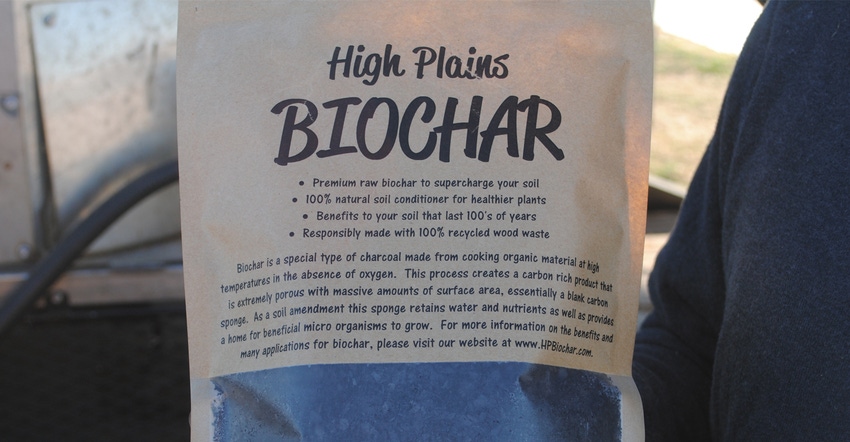
Ranchers and cattle producers across the Great Plains recognize that eastern red cedar is a formidable invasive tree and is encroaching on grasslands. One of the ways to clear out the invading cedar would be to find a solid economical use for this rapidly advancing resource.
The Nebraska Forest Service, along with forestry and conservation agencies across the region, have been working on this goal for many years.
Recently, NFS partnered with the Animal Science Department at the University of Nebraska-Lincoln to study the concept of feeding biochar — a charcoal-like substance made from burning organic biomass like cedar — to growing and finishing beef animals in hopes of improving ration digestibility and even reducing methane emissions from the animals.
Biochar is not approved for the feeding of cattle, so UNL had to seek special authorization from the U.S. Food and Drug Administration to conduct its research.
Encouraging results
According to Andrea Watson, Nebraska research assistant professor in ruminant nutrition, this new research began with a small trial at facilities on the UNL East Campus and continued with a larger study at the Eastern Nebraska Research and Extension Center in Mead last year.
The results from these trials have been mixed, but researchers are encouraged by other similar studies being conducted around the world. A key study in 2012 in Southeast Asia, using biochar made from rice hulls on animals with different genetics and different rations from cattle fed in the U.S., found a marked reduction in methane emissions from animals fed biochar.
These results encouraged Nebraska researchers in studies of their own. In smaller trials of only six animals fed a grower ration followed by a finishing ration, feedstuffs were fed that included the control ration with no biochar, a second ration that was comprised of 0.8% biochar, and a third ration made up of 3% biochar. The biochar used was processed by High Plains Biochar, and it was made of ponderosa pine.
While the 3% biochar ration was not as beneficial, the smaller study showed a slight improvement in organic matter digestion in animals fed 0.8% biochar in the grower ration, and a 16% reduction in methane emissions among the cattle in the finishing segment of the study.
Bigger study
“This study was only six animals, so we wanted to follow up with a bigger study,” Watson says. In this larger study, which consisted of 128 animals, cattle were put through trials in a pen setting.
“We didn’t see any improvement in daily gain, and we did not improve methane emissions,” Watson says. “We didn’t hurt anything, but we didn’t improve it either.”
A recently completed Canadian study just wrapped up and found the same results, with no improvements in daily gain or methane emissions. “There is so much more to study,” Watson says. “Although these larger studies did not show improvements, we haven’t studied different types of biochar with different pore size, surface area or bulk density, which could change the results in a growing or finishing ration.”
Watson says finding an economical and efficient use for red cedar biomass is a high priority in the state. She says Nebraska researchers are hoping to continue to study the potential for feeding biochar in cattle rations, and varying biochar production methods and characteristics, as well as ration components.
Learn more by contacting Watson at [email protected].
About the Author(s)
You May Also Like






